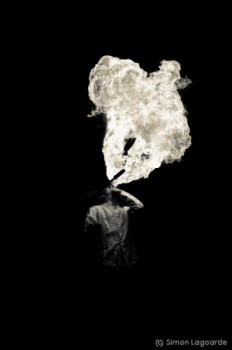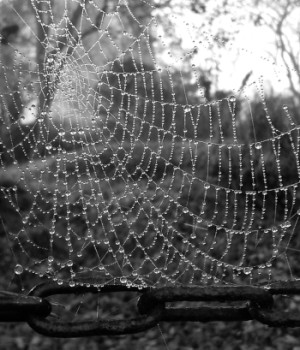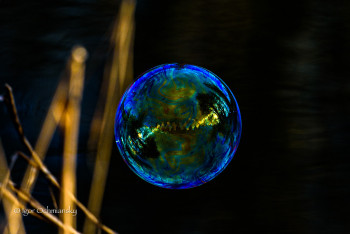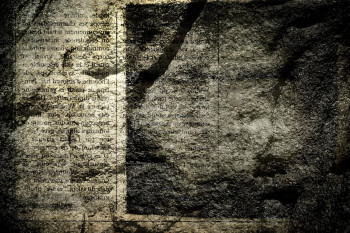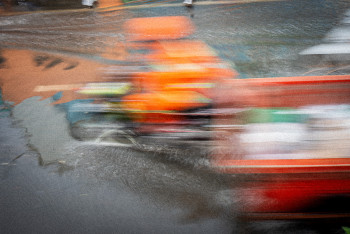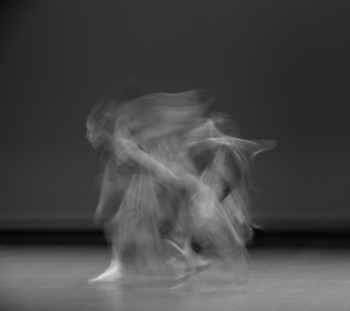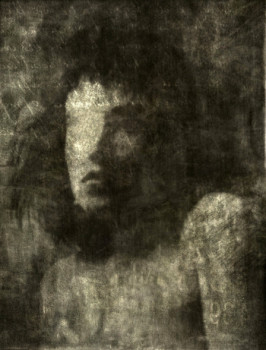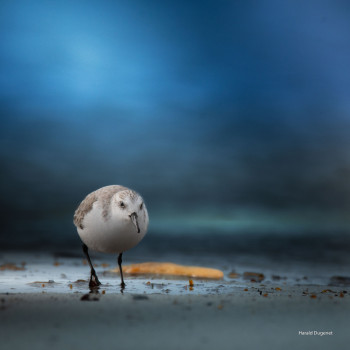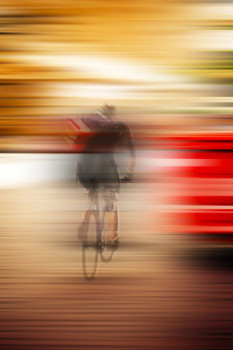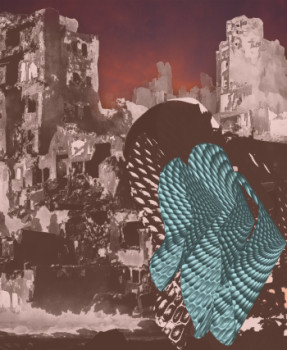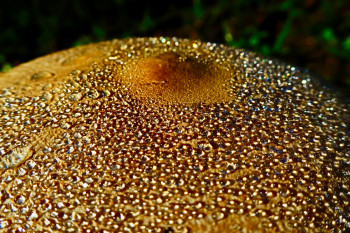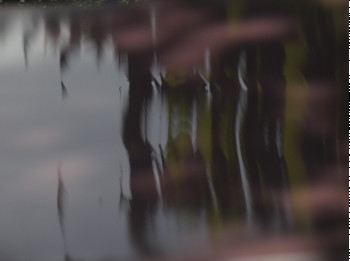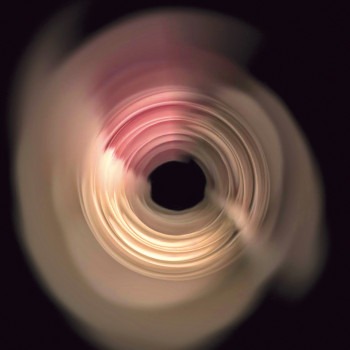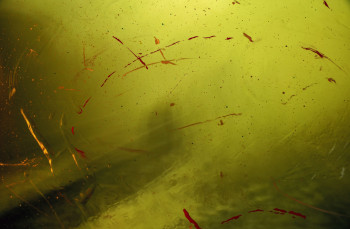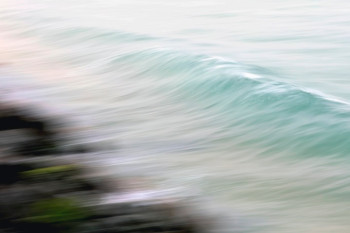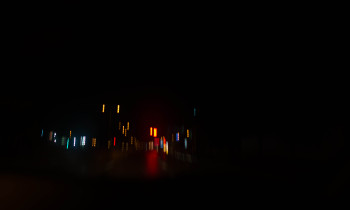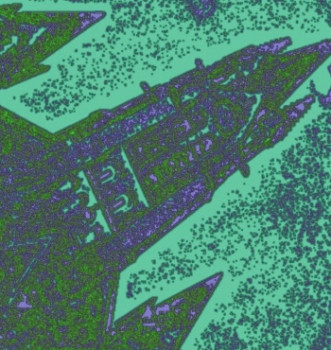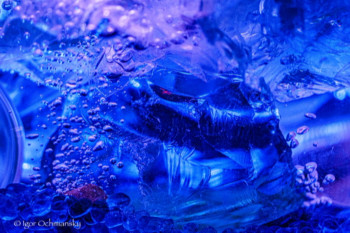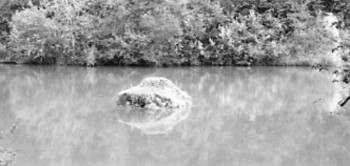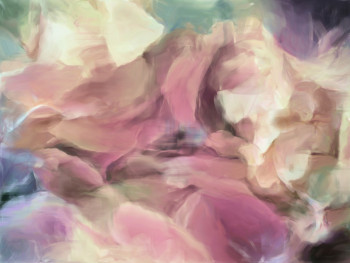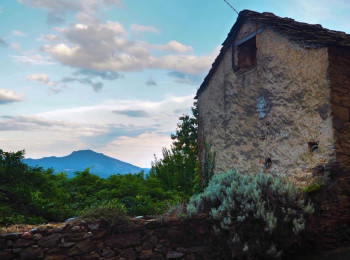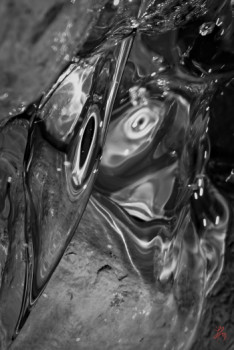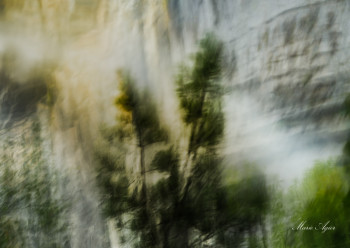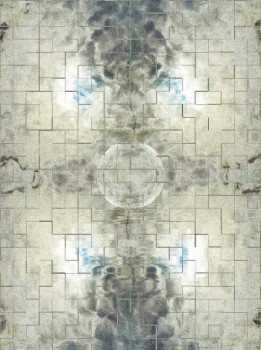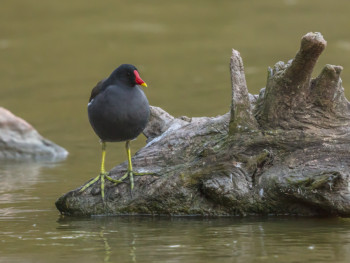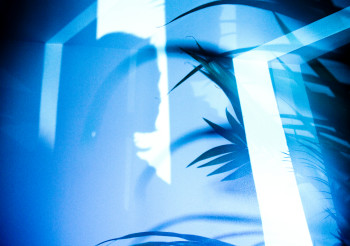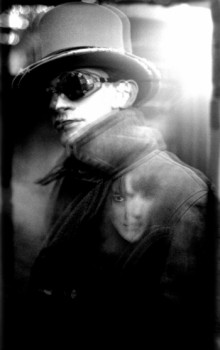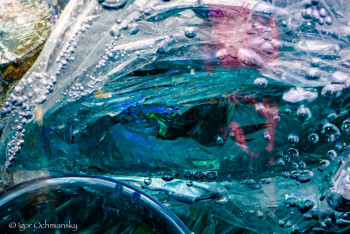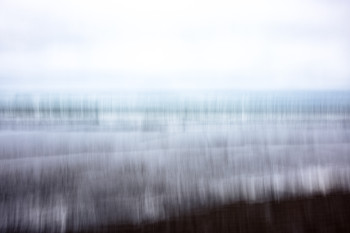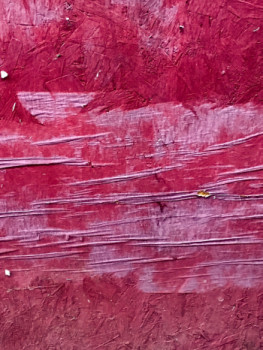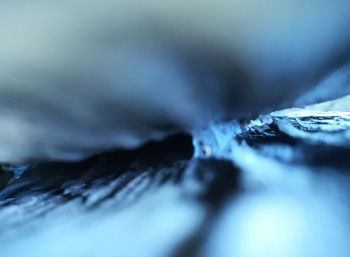
Gérard Richter: the love of painting and photography
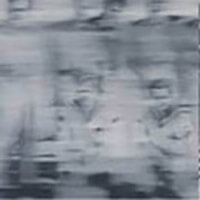
Gérard Richter is a artist photographer enjoying worldwide fame. He is seen as a contemporary painter, but you should also know that he is one of the living artists enjoying an exceptional reputation. If this talent is unanimously highlighted by the world of art, it is thanks to his creations of abstract canvases with a focus on color. He is a particularly talented figurative painter who decided to transpose his art to photographie.
These protean works
It’s in 1932, Dresden in Germany that Gérard Richter was born. But it was not until the 1980s that his talent was recognized by the public. He is a polymorphous painter who over the course of his career has been able to address countless subjects.
This allowed him to diversify his work by multiplying the techniques used, but also to review these theoretical bases. Richter systematically played between abstraction and figuration, but it is these paintings abstract works which allowed him to acquire worldwide fame.
For example, his work « Abstraktes Bild » sold for 41 million euros in 2015. Voila why he is one of the most recognized living artists in the world of art.
The birth of the artist photographer
Initially, Richter is not interested in photography, although he remains captivated by it. through different forms of art. He therefore decided during the 1960s to create a series of photos called « photo paintings ». At this time, the artist questions a lot about the usefulness of art. of painting and why he should continue to do so. create works. At the same time, photography was experiencing particularly significant growth and he decided to devote himself fully to it.
Here you are! why he produces realistic works from shots he took himself. Once again, we notice its versatility by carrying out many tasks. both photographs of landscapes, but also the portrait of his loved ones.
To create his paintings, Gérard Richter uses a particular technique which consists of project the photograph that has just been taken onto a canvas. To do this, he uses an episcope, a device which can then be compared to an overhead projector. Once the image is obtained on the canvas, he uses his artistic talents to create the painting. We must therefore see photography as an intermediate support allowing it to translate reality into reality. on his canvas.
Initially, the result lacks coloring, since it initially lingers on black and white photos. To make his style inimitable, Richter decides to add a blur effect. For him, it is a small detail that has considerable importance, because this effect smoothes the different particularities of the photography so that each element has its own the same importance.
Nevertheless, Richter does not systematically use the blur effect. Some of these achievements are absolutely remarkable from a realism point of view and it is a way for Gerard Richter to limit the intrusion of photography in art, but also more generally in our daily lives.
On March 8, 2017, a realistic photo creation that he created in 1983 was put up for auction. « Eisberg », representing the image of a glacier corresponds to a souvenir photo of the painter when he went on a trip to Greenland. During this auction, the work benefits from an estimate of between 9 and 14 million euros. Once again, the expected amount demonstrates the exceptional quality of the artist.
As you go along; Over the years, the figurative work of Gerard Richter has become more and more important and today some of his works are sold for sale. gold prize.
From origins to awards
Although Gerard Richter has an innate talent for for painting, he also followed an academic path, having obtained a diploma from the ’Academy of Fine Arts in Dresden. Just before the construction of the Berlin Wall, that is to say in 1961, the artist succeeded in creating a work of art. move on to the west. As a result, he continued to perfect his artistic career by joining the Düsseldorf academy for three years. He is notably a student of Karl Otto Götz. During this same period, he met several people who would have a determining influence in his development: Konrad Fischer Lueg, Blinky Palermo and Sigmar Polke.
In 1962,Richter made the decision to create his first creation, more particularly a photo painting known as « Tish ». However, he is not the author of the photo, it is a photograph that he was able to exploit for his own purposes. from a press review. Even if initially he is interested in painting, he decided to take the plunge into photography quite quickly. Rather than making a choice, he prefers to cleverly use the two worlds by combining them. In this way, the photographer succeeds in develop an identity of work that is specific to him by exploiting his own photographs, but also press photos and shots that he can find in his entourage.
It was not until 1972 that Gérard Richter published his first atlas. It is a set of photographs which it brings together in the form of a gallery. But these photographs were not chosen at random, they served as a support to create many of these paintings.
Thanks to; Throughout his professional career, Richter quickly became a leader. appreciated in the world of ’art and this allowed him to collect a multitude of rewards. First of all in 1967 with the Junger Western Art which obtained it in 1967. Recklinghausen. This is only the first award in a long list with the award in 1980 of the Arnold Bode prize. This time, the award was given to the Cassel Documenta.
Four years later, he went to Vienna to receive the Oskar Kokoschka prize. Then in 1994, he traveled to Israel, because he had just obtained the Wolf Arts Prize.
Découvrez quelques oeuvres inspirées de Richter

